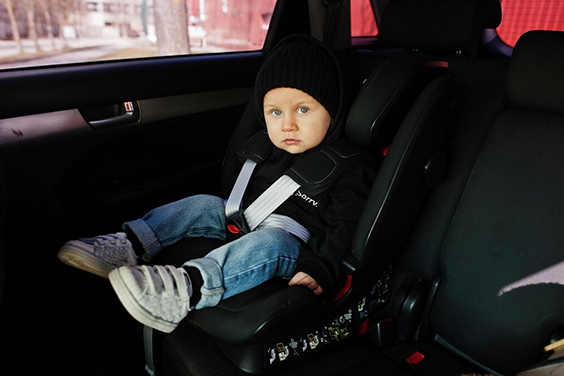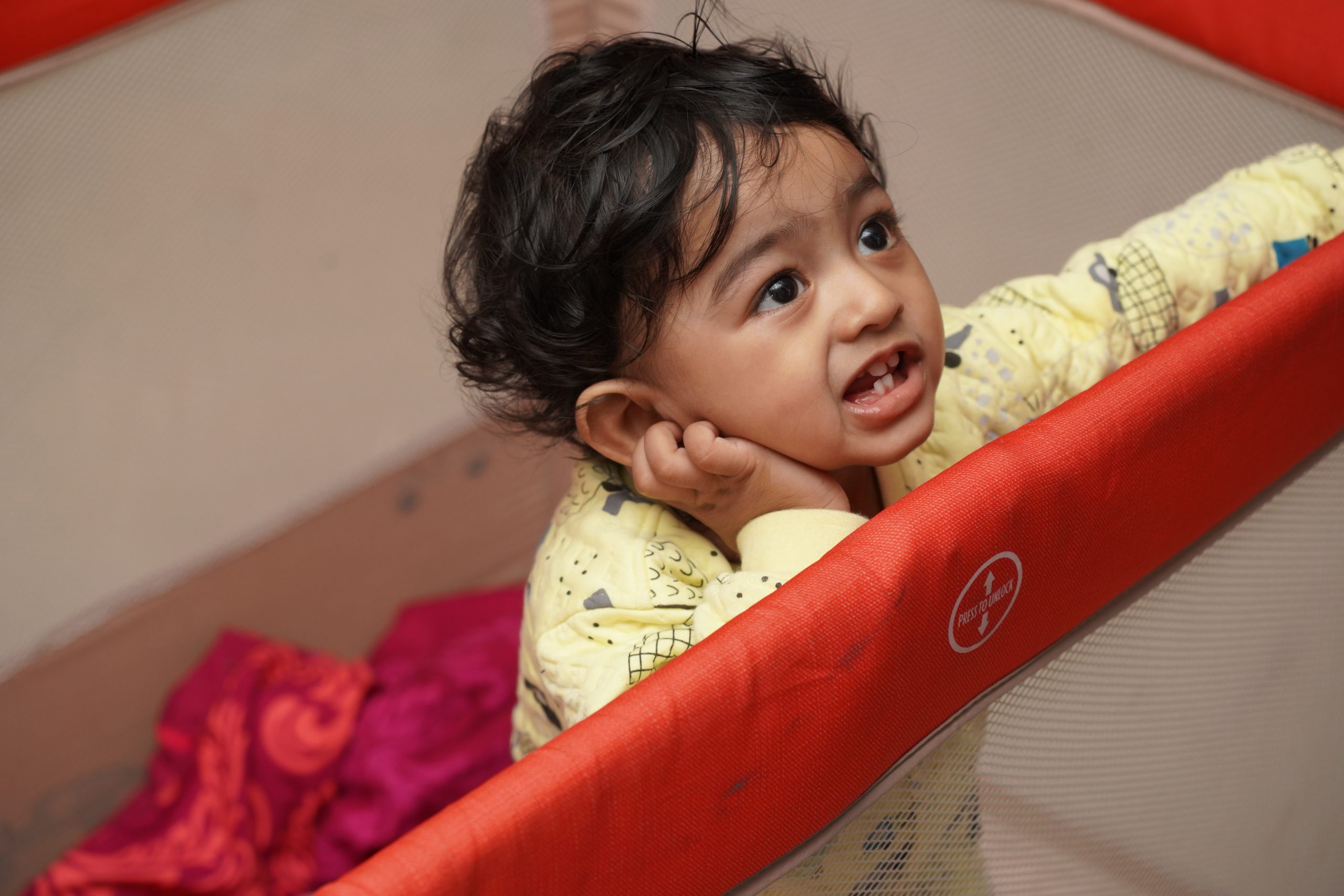Forward-facing and rear-facing baby car seats are important for different reasons. Rear-facing car seats are safer for young infants as they provide better support for the head, neck and spine in the event of a crash. On the other hand, forward-facing car seats are more suitable for older children as they provide more space for their growing bodies.
It is recommended to keep infants in rear-facing car seats until they reach the highest weight or height limit allowed by the manufacturer. This is typically around 2 years old when they can be transitioned to a forward-facing car seat. A custom baby car seat manufacturer can create specialized car seats based on a customer’s specific requirements, such as size, color, or logo design. These manufacturers can provide a unique solution for businesses looking for personalized products for their customers.
Rear-Facing Vs. Front-Facing Car Seats: What’s The Difference?
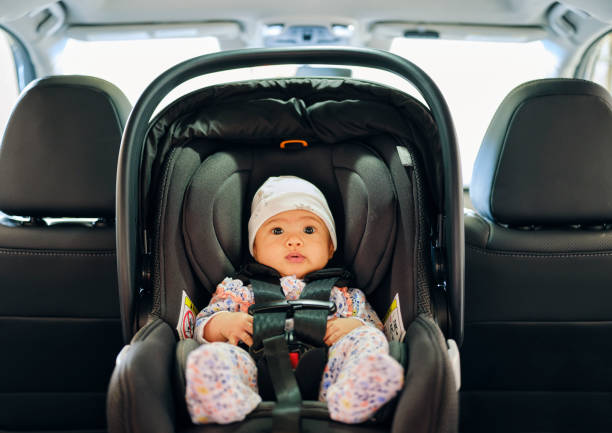
The decision between rear-facing or front-facing car seats depends on the age and size of the child, as well as the manufacturer’s guidelines. Rear-facing car seats are designed to support and protect young infants while riding in a vehicle. On the other hand, front-facing car seats are designed for older children and offer more freedom of movement.
Rear-facing car seats also help to reduce the risk of injury from side-impact collisions, as they offer more protection for the head and neck. Rear-facing infant car seats also provide a more comfortable and secure and durable fit for younger infants, which can help to prevent them from slumping or sliding down in their seats, which can be dangerous if there were to be an accident.
On the other hand, forward-facing car seats offer more space and freedom of movement for growing children. They typically come equipped with a harness and tether system, which helps to keep the child securely in the seat and reduces the risk of injury.
It’s important to note that all car seats must meet federal safety standards, and the parent or caregiver must ensure the seat is installed correctly and used properly. Various types of car seats can be purchased from wholesale baby product suppliers to meet the needs of retailers and businesses.
Benefits Of Rear Facing
Why rear-facing car seats are much safer and better-
- They reduce the risk of injury from side-impact collisions.
- They provide a more comfortable and secure fit for younger infants.
- The rear-facing car seats are tiny and retain handles for easy transportation.
- In a rear-facing vs. forward-facing comparison, rear-facing seats provide better support for the head, neck and spine in the event of a crash.
- Rear-facing car seat safety is better because they provide better support for the head, neck and spine in the event of a crash and also reduces the risk of injury from side-impact collisions.
- Parents and caregivers choose rear-facing car seats because they offer better protection for young infants.
- Most infants can remain in a rear-facing car seat until they reach the manufacturer’s highest weight or height limit.
- How long should a child be rear facing? Rear-facing till 4 years old is considered a safe option and is becoming more common.
Benefits Of Forward Facing
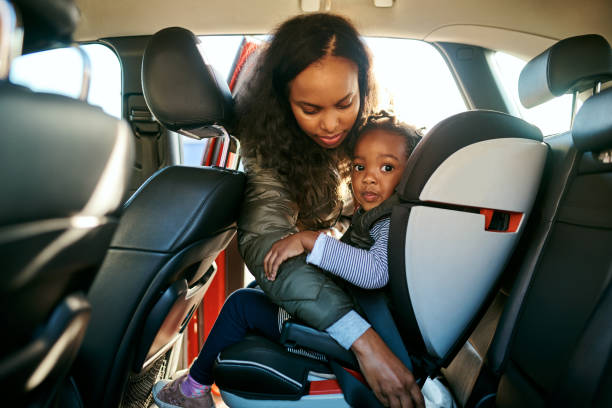
Here are some benefits of forward-facing car seating for children–
- They offer more space for growing children.
- They come equipped with a harness and tether system for added security.
- They provide more freedom of movement for older children.
- It’s recommended to transition to a forward-facing car seat when the child reaches the highest weight or height limit allowed by the manufacturer.
How Long Can Children Face Rear In A Car Seat?
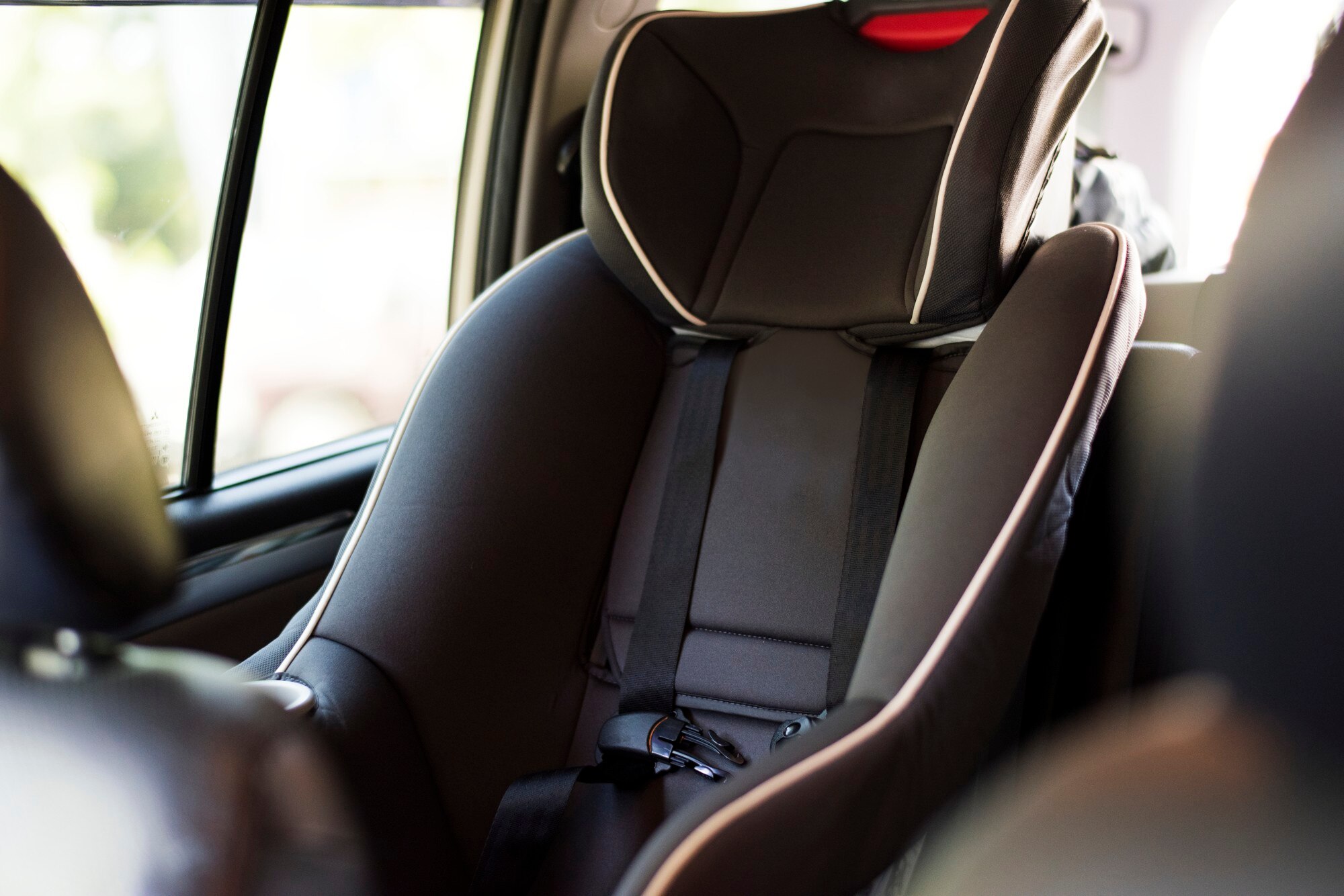
It is important to note that some children may outgrow the height or weight limit of their rear-facing car seat before they are 2 years old. In such cases, it is recommended to switch to a forward-facing car seat that meets the child’s weight and height.
A car seat’s safety depends on its position (rear-facing vs. forward-facing) and proper installation and usage. Determining a car seat position by age or getting a custom car seat made according to the height and weight of the baby will be better for the baby.
In recent years, the recommendation to keep children in a rear-facing car seat until at least 2 years of age, or until they reach the highest weight or height limit allowed by the manufacturer, has become more common. This is because research has shown that extended rear-facing provides increased safety and comfort for young infants in the event of a crash.
In summary, the height and weight limit for rear-facing car seats vary by manufacturer, but it is generally recommended to keep infants in a rear-facing car seat until they are at least 2 years old, or until they reach the highest weight or height limit allowed by the manufacturer.
Always follow the manufacturer’s guidelines and regularly check the child’s weight and height to ensure they are within the limits of their car seat. Make sure to give utmost importance to child passenger safety which will keep the kids safe and reduce child car accidents.
Height And Weight Limit For Rear-Facing Car Seats:
The general weight and height limits of the rear-facing car seats are listed in this section:
- The maximum weight limit for most rear-facing car seats is around 35-45 pounds.
- The maximum height limit for most rear-facing car seats is around 40 inches.
- The car seat’s position should be adjusted by age, with younger infants facing the rear and older children facing forward.
- Rear-facing car seats offer increased safety due to their support for the head, neck, and spine.
Height And Weight Limit For Forward-Facing Car Seats:
The general weight and height limits of the rear-facing car seats are mentioned below:
- The maximum weight limit for forward-facing car seats is around 40-50 pounds.
- The maximum height limit for most forward-facing car seats is around 52-57 inches.
- It’s recommended to transition to a forward-facing car seat when the child reaches the highest weight or height limit allowed by the manufacturer.
It is important to consult the manufacturer’s guidelines, to ensure the quality & safety of the product and to regularly check the child’s weight and height to ensure they are still within the limits of their car seat.
Conclusion
Choosing the right car seat for your child is essential to ensure their safety while riding in a vehicle. Rear-facing car seats provide better support and protection for young infants, while forward-facing car seats offer more space and freedom of movement for older children.
It is important to follow the manufacturer’s guidelines for height and weight limits and to regularly check the child’s weight and height to ensure they are still within the limits of their car seat. Secure your little one’s comfort and safety on the road with our top-rated car seats! Contact us here.
